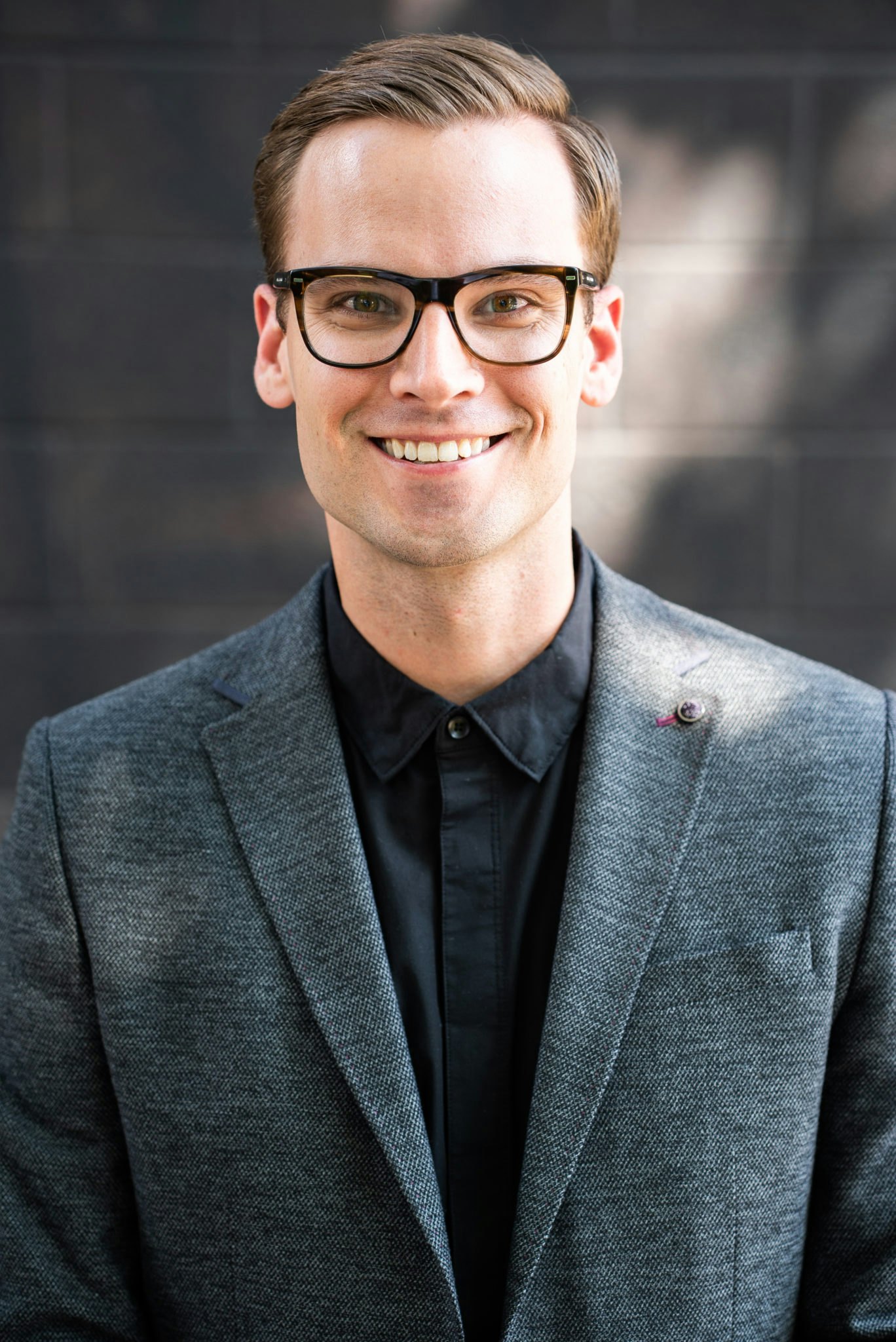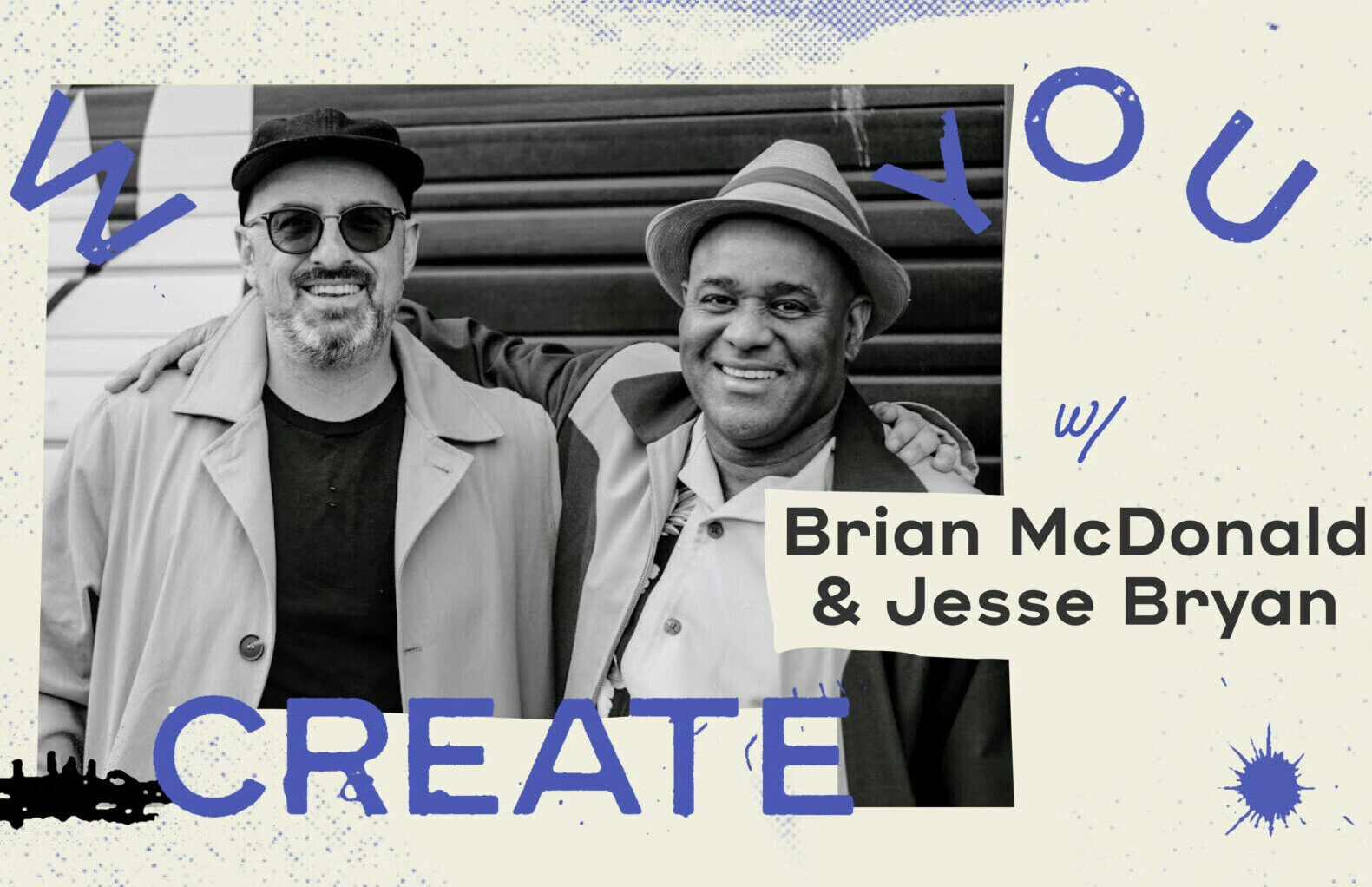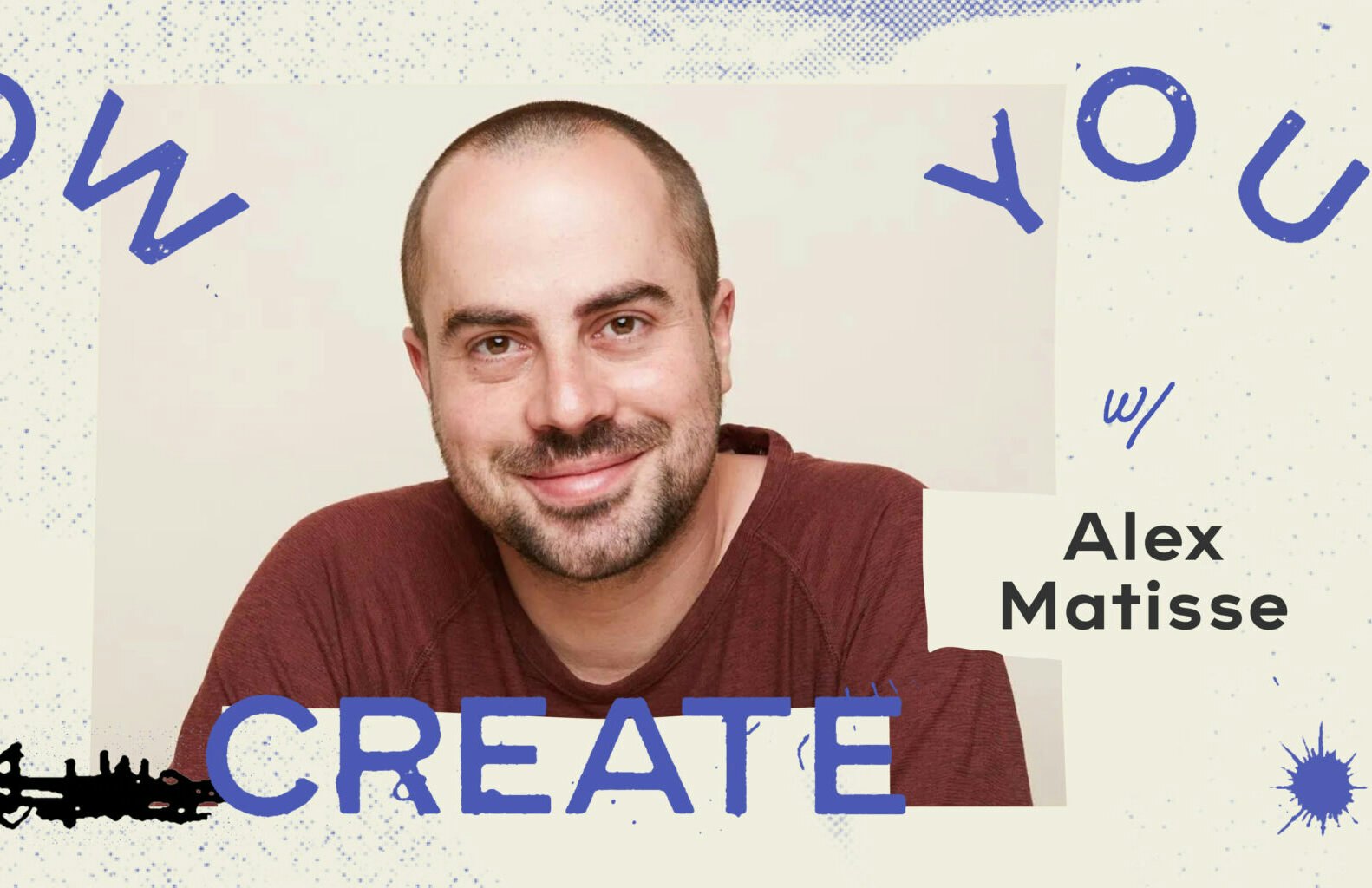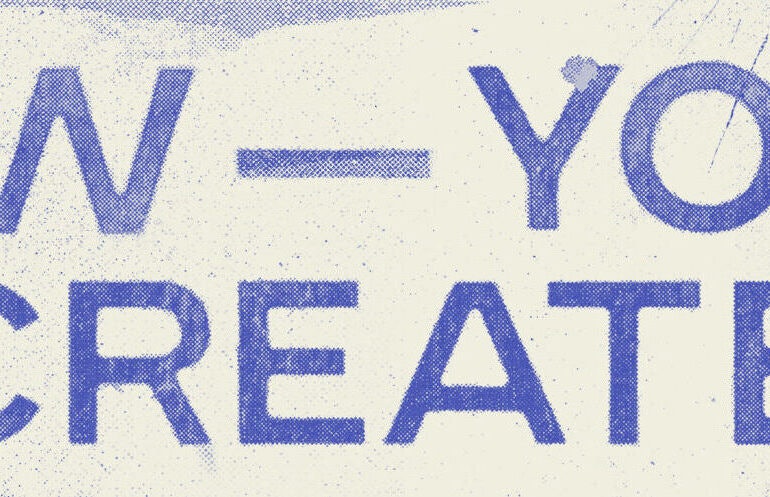Exploring Art And The Artist
Access Ventures believes that it is important to provide creatives access to come up with new ideas and the support and funding to try them out. This cultivation of smart, skilled, conceptually rich and beautiful art is essential for the health and development of individuals and communities.
Two years ago, we resourced Gibbs Rounsavall, a local artist and art teacher well-known for his abstract enamel paintings exploring movement through pattern and color, to take on a new creative project outside of the studio and in public. Our investment in Rounsavall provides him with the resources to pursue his creative vision for a mural that we believe will have far-reaching implications for himself, his work, and the community.
We followed up with Rounsavall to interview him about art, the creative process, upcoming projects, and how things are going two years after finishing this massive project. Here’s what he had to say:
Describe your path to becoming an artist.
My path to becoming an artist started in first grade when I would draw army stick men fighting dinosaurs in the margins of my spelling sheets. I was fortunate to have parents that fostered this artistic interest growing up by supplying me with sketchbooks and drawing media. From those early years, it felt natural and has always been the constant in my life. It is a bit weird today thinking that my artistic endeavors are something that brings in an income.

How would you describe your creative process?
Both intuitive and methodical.
Who and what influences your work, and inspires you to create?
I try to stay open and alert to my surroundings because influences can come from anywhere. I recently finished a painting whose color palette was initially influenced by a mechanized My Little Pony that my daughters play with. The most consistent influence throughout my life has been music. My inspiration comes from working itself.
What does a typical day look like for you?
My typical day starts by waking up around 4:50 AM for an hour of studio time. I then go to work teaching visual art at Fairdale High School from 7:00 AM – 2:30 PM. From 3:00 PM to 4:30 PM, I’m back in the studio working on my projects. My kids then come home and we have family time from 4:30 PM till about 7:30 PM. Kids are asleep (usually) around 8 and then my wife, Sara, and I hang out and/or read till 9:00 PM.

What does having a physical studio space mean to you?
My studio is behind my house in a converted two and a half car garage. I think of it as my science laboratory where I can freely experiment and go where ever I am inclined to go creatively. It’s a sacred space for me.
How is the process of working in your studio different from working outside in communities on murals?
There is definitely more of a sense of urgency when you are working on a busy street out in the public. When you consider that your ability to work is sometimes contingent on the weather, you make the most out of nice days. One of the best things about working outside in the public is the immediate feedback from people in the community.


Has there been a point when you’ve taken a big risk to move forward as an artist?
A couple of years ago, my biggest risk was when I embarked on my first ever mural. That was a doozy. I had never worked on something that large in scale and whether it was a success or failure, I knew it would all be happening in real time. It was such positive experience that now I look for more public art opportunities.
Do you feel a responsibility to contribute to something bigger than yourself?
I have been creating for as long as I can remember and it has always been just for me. Only recently have I personally witnessed the benefit that public art can have on a community. I want to be a force for good in the universe. This is one way I can do that.
What advice would you give to a young person starting out as an artist or pursuing it as a career?
My advice to a young artist would be to stay informed but don’t get caught up with trends and what works for other people. Find a path that feels true. Always be creating and don’t wait for inspiration.
What kind of legacy do you hope to leave?
I’ve never really thought of my legacy. I want my kids to be proud of their old man.

It has been two years since you’ve completed the Sunshine and Shadow mural. As you reflect back on that time, what are some key takeaways from that experience that developed and challenged you as an artist?
The Sunshine and Shadow project was a true test of faith. I had never tested myself like this creatively before and to come out on the other side with it being such a positive experience reinforced the importance of taking these leaps of faith. I think those personal challenges are instrumental in your growth and no matter what your field of expertise may be, if you don’t have these challenges, you never take steps to realizing your potential. This project rewired my brain a bit in considering the creative direction of my work and that is both exciting and invigorating!
How has the completion of the Sunshine & Shadow mural impacted you as an artist?
The mural got my name out there a bit more and with that has brought some opportunities which have been nice. Seeing it used as a backdrop for peoples family holiday cards and senior pictures has been the most authentic display of public approval. In terms of my work, it has given me the confidence to pursue new directions and creative explorations.


Explain how it felt to be funded and given creative freedom to create your art in a public space.
Grateful. Amazing. Extremely thankful. I have found since then that it is a rare thing to be given this type of creative freedom when working in a public space. I love that I was able to add to the identity of the community as opposed to just rehashing familiar Louisville tropes.
You are currently working on a new project, what is that project and how did it come about?
Yes, I am back in Shelby Park just a couple of blocks from the Sunshine and Shadow mural. It is another original design commissioned by the building owner who is renovating the KDC building on Logan and Mary street. The owner is an old acquaintance who contracted me to “do my thing.” Like I said, it is a rare thing to have a public art patron who embraces the idea of giving the artist creative liberty and I jumped at this opportunity.

How have you approached this project differently from ones in the past?
I learned a lot from working on Sunshine and Shadow in terms of planning and logistics. It is a bit of a smaller space than my last mural so I wanted to push the color vibrancy and design to have more impact and reflect the bustle of the intersection but in a visually appealing way.
What do you believe is the impact of art in our communities?
I think there is only a small percentage of people that cross the thresholds of galleries and museums anymore for a variety of reasons. With public art, you have a great equalizer allowing creative experiences for all people. That is a really important idea because sometimes “Art” gets an elitist reputation where one must be fluent in artspeak to fully appreciate it. The truth is that it’s all just about communication and the beauty of making connections with other individuals.
How might our communities support artists?
By offering more opportunities that allow artists to “do their thing” because their skill and proficiency are recognized and appreciated. Artists love what they do, but the reality is that they must also have an income. I would love to see the day when more artists could earn a living wage and sustainable career in Louisville.

What is your vision for the future of your art and practice?
Colorful.
Are you creatively satisfied?
That is a funny question. I can’t imagine ever being creatively satisfied. I’m 42 and I think its safe to say that my impulse to create will exist in perpetuity.
That said, is there anything that you’re interested in doing in the next few years?
I would love to work on a public art piece that is enormous in scale and/or play with the parameters for how people interact with public art creating more of a public installation as opposed to just a 2D image on a wall.




